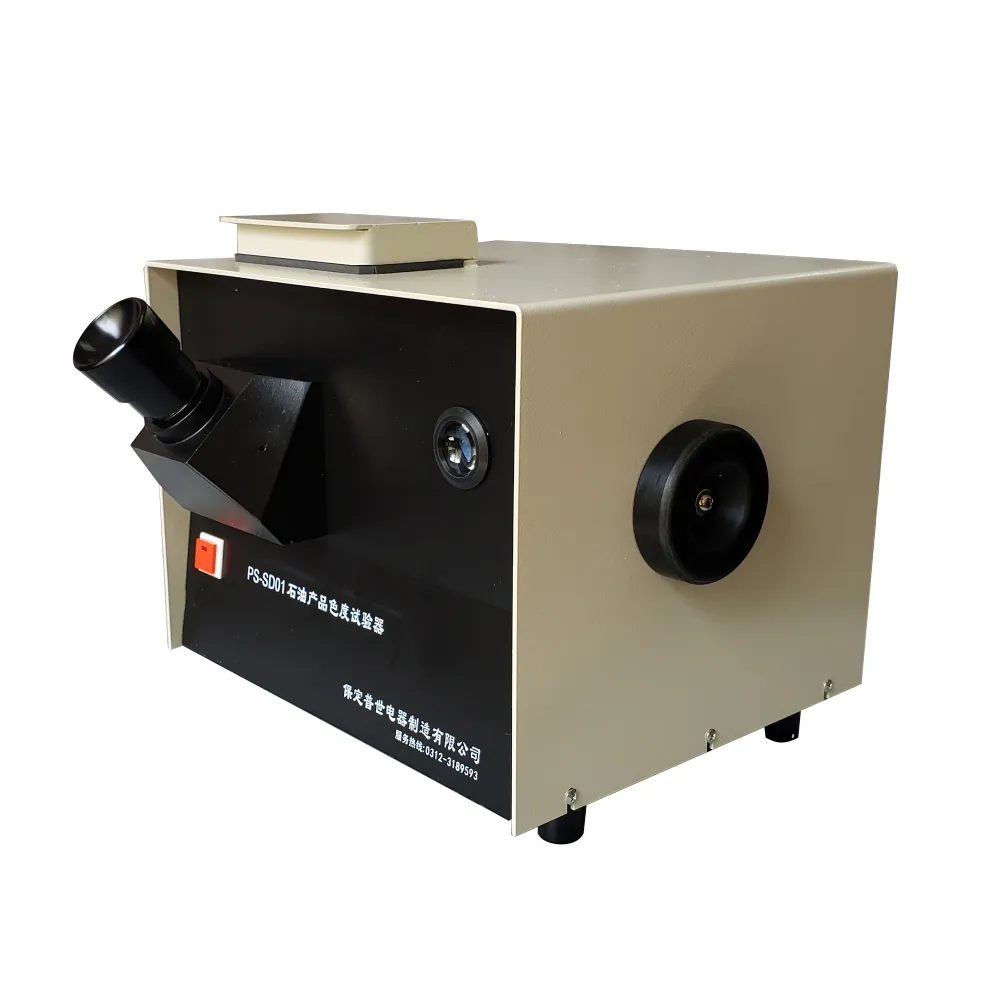 English
English


transformer test kit
Understanding the Transformer Test Kit A Comprehensive Overview
The Transformer Test Kit is an essential tool in the electrical engineering domain, particularly designed for testing transformers across various specifications. As transformers play a crucial role in electrical systems, ensuring their reliability and performance is paramount. This article will delve into the features, benefits, and applications of the Transformer Test Kit.
Understanding the Transformer Test Kit A Comprehensive Overview
One of the primary functions of the Transformer Test Kit is the assessment of transformer insulation. The kit typically includes devices for measuring insulation resistance, which helps identify any deterioration in insulation materials that can lead to short circuits or transformer failure. Insulation resistance testing is crucial after installation and periodically during operation, especially in harsh environmental conditions.
transformer test kit

In addition to insulation testing, the Transformer Test Kit allows for the measurement of transformer turns ratio (TTR). This parameter indicates the ratio of the number of windings on the primary side to that on the secondary side of the transformer. An incorrect turns ratio can lead to inefficient operation and potential damage. By employing the TTR feature, engineers can verify that transformers are functioning as intended according to their design specifications.
Another important feature of the Transformer Test Kit is the capability for circuit analysis. Engineers can utilize the kit to perform diagnostic tests such as power factor testing, which evaluates the efficiency of the transformer under load conditions. This testing is vital for identifying issues such as capacitive or inductive losses, which can significantly affect a transformer’s overall performance.
The portability of Transformer Test Kits also makes them a valuable asset for field testing. Many kits are designed with user-friendly interfaces and rugged constructions, allowing for easy transport and operation in various environments. This accessibility ensures that engineers can perform necessary tests on-site, reducing downtime and optimizing maintenance schedules.
In conclusion, the Transformer Test Kit is a critical instrument for ensuring the longevity and performance of transformers in electrical systems. Its ability to conduct insulation resistance tests, turns ratio measurements, and circuit analysis positions it as an invaluable resource for electrical engineers. By employing this kit, professionals can detect potential faults early, thus enhancing the reliability of electrical infrastructure and reducing the risks associated with transformer failures. As the demand for efficient energy distribution continues to grow, the Transformer Test Kit will remain an essential part of electrical maintenance and safety practices.
-
Differences between open cup flash point tester and closed cup flash point testerNewsOct.31,2024
-
The Reliable Load Tap ChangerNewsOct.23,2024
-
The Essential Guide to Hipot TestersNewsOct.23,2024
-
The Digital Insulation TesterNewsOct.23,2024
-
The Best Earth Loop Impedance Tester for SaleNewsOct.23,2024
-
Tan Delta Tester--The Essential Tool for Electrical Insulation TestingNewsOct.23,2024





